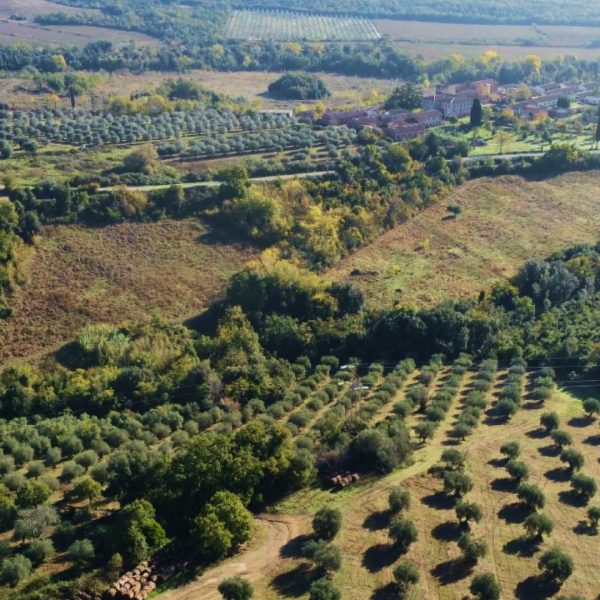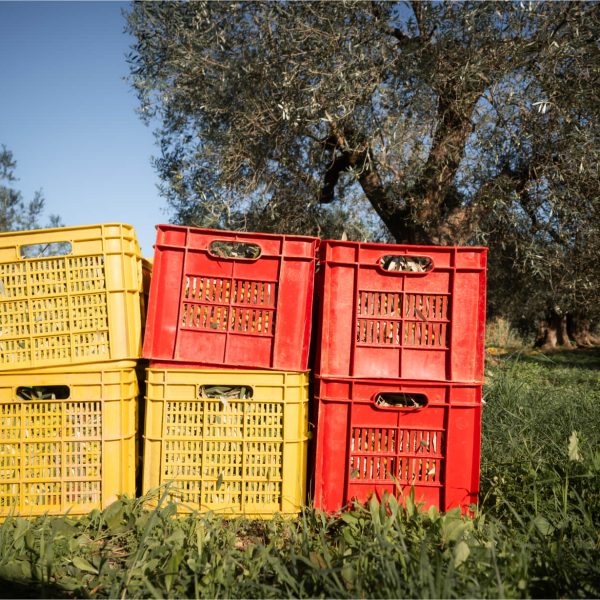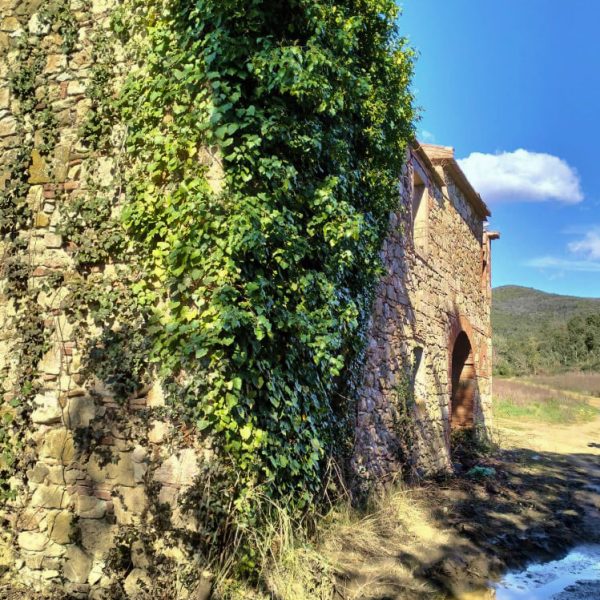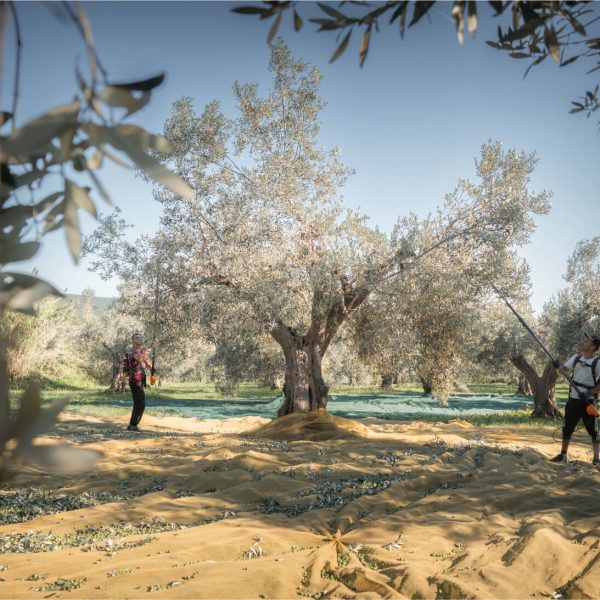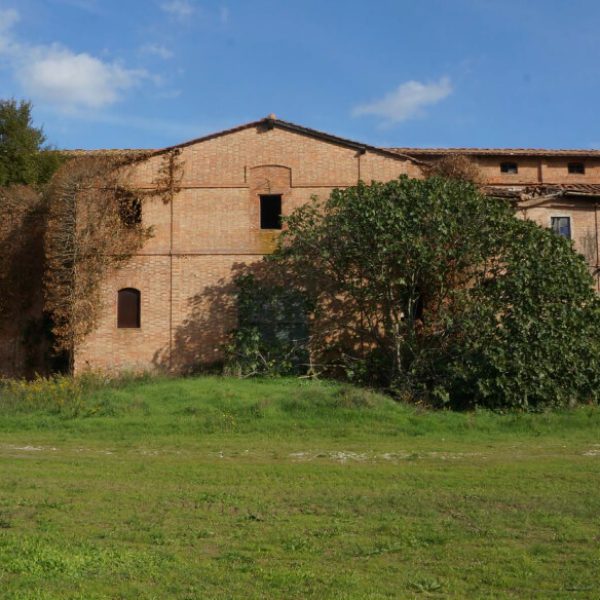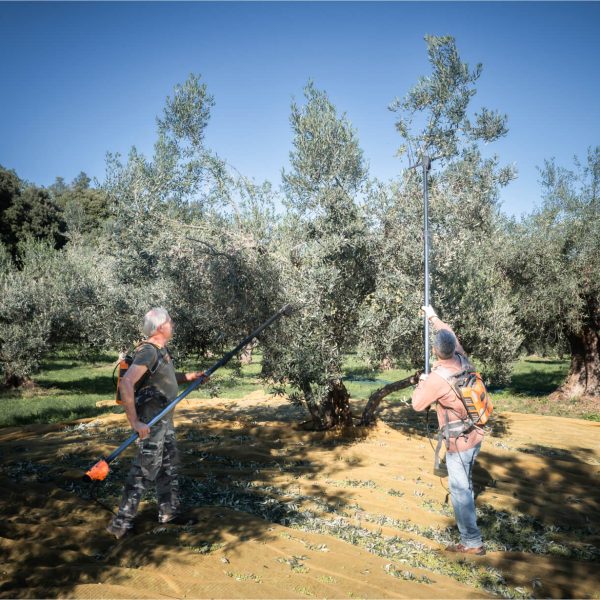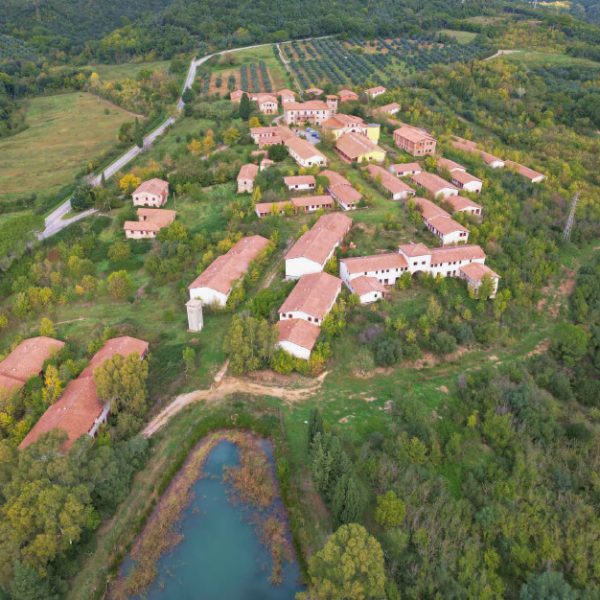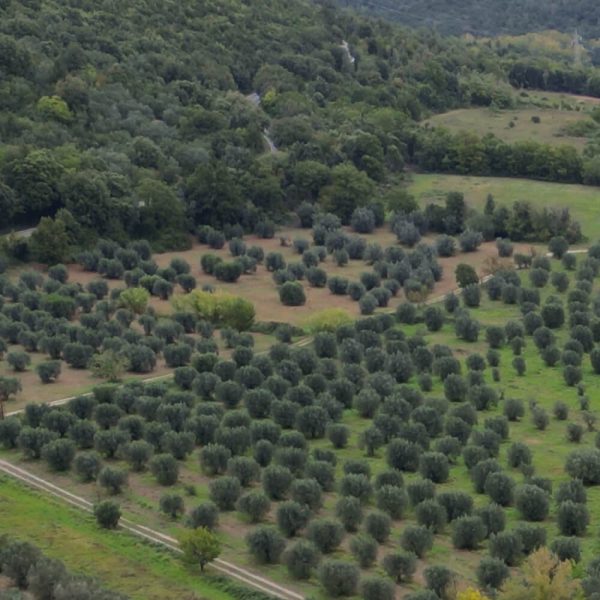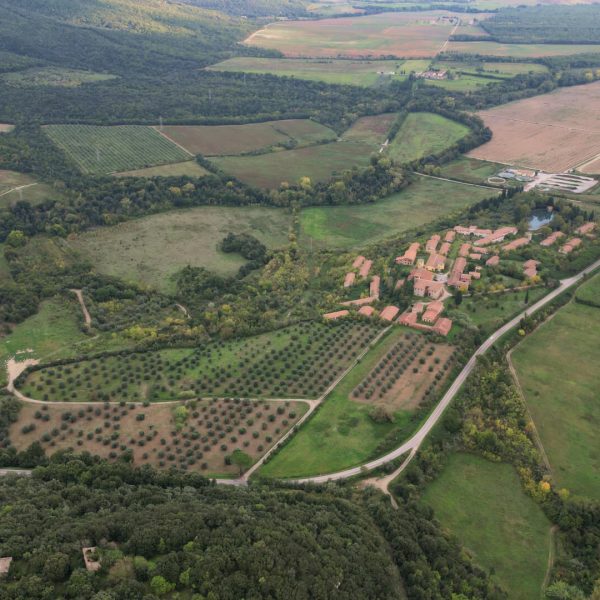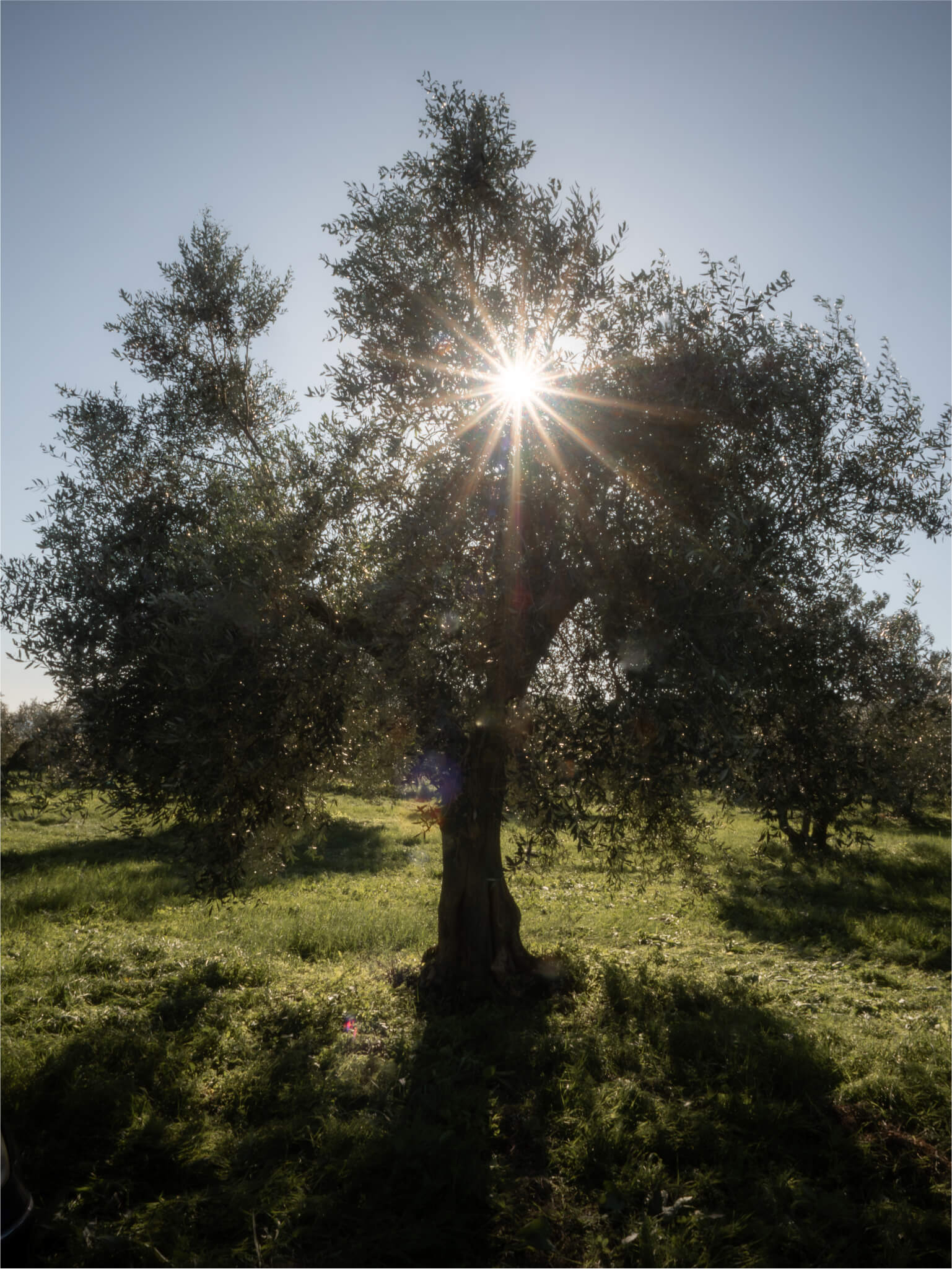
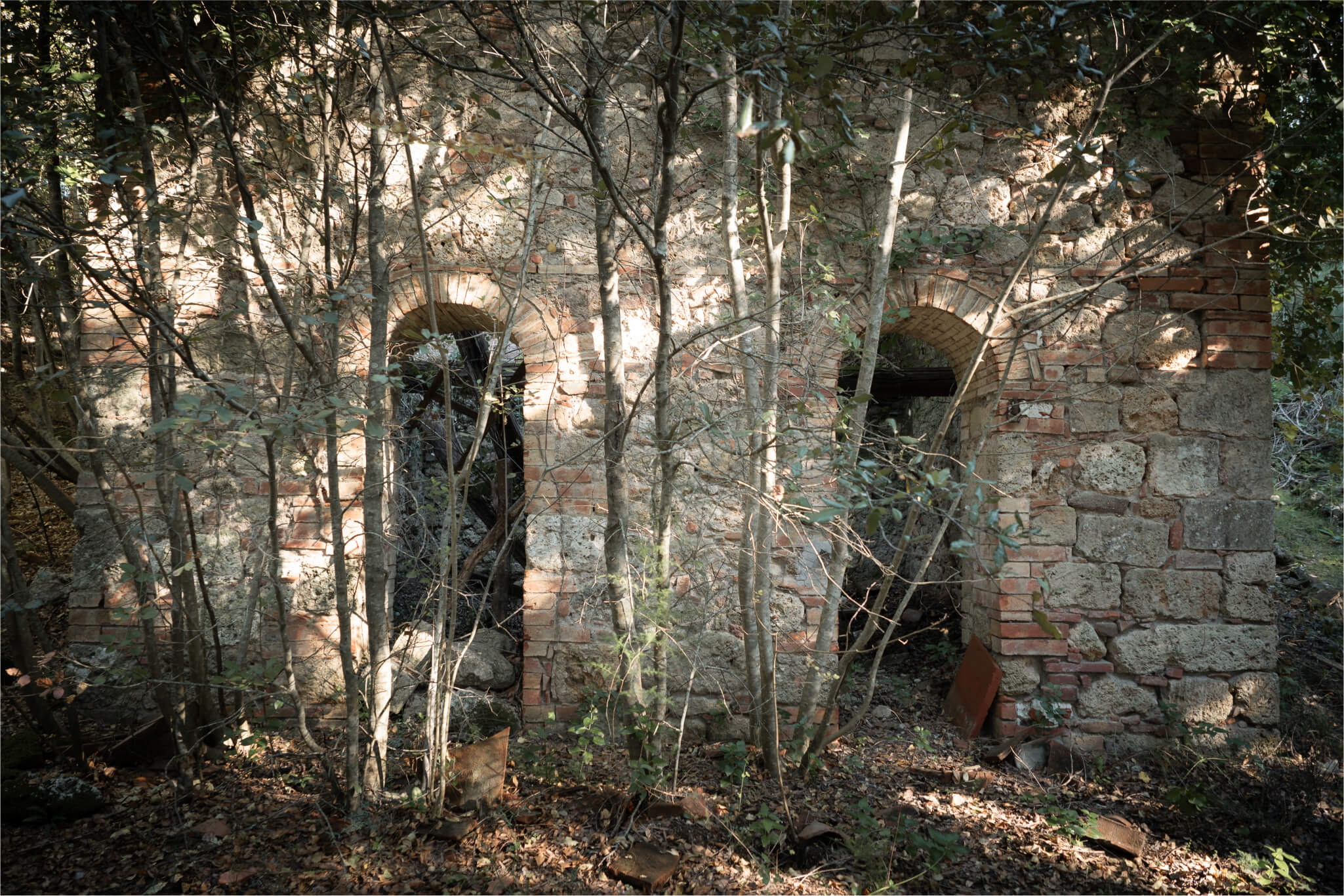
Sustainability and collaborations
Collaborations
From the very beginning, the new Estate intended to implement a plan to revitalize the estate with a view to sustainable development.
In fact, a collaboration was developed with Prof. Luca Sebastiani of the Scuola Superiore Sant’Anna in Pisa. Under his supervision, a thorough analysis of the estate was carried out: conformation of the forests, soil analysis, water analysis of the stream that runs through the estate, mapping of the paths and ruins present.
All with the goal of a revitalization of the estate that combines environmental, social and economic values.
Sustainability and collaborations
Sustainable Forest Management
For the forest part, it was decided to implement a plan to achieve Sustainable Forest Management certification (according to the parameters of Pefc Italy) of the entire estate.
Managing an estate according to GFS criteria means putting on the market wood and its derivatives whose provenance and correctness in the cutting plan is known, and it means that natural, economic and possibly tourist activities are carried out according to criteria of ecosystem efficiency.
There is no legal obligation to do so; bringing the estate to sustainability certification is an act of responsibility that the new Ownership assumes towards all Borgo di Perolla stakeholders, including future tourists.
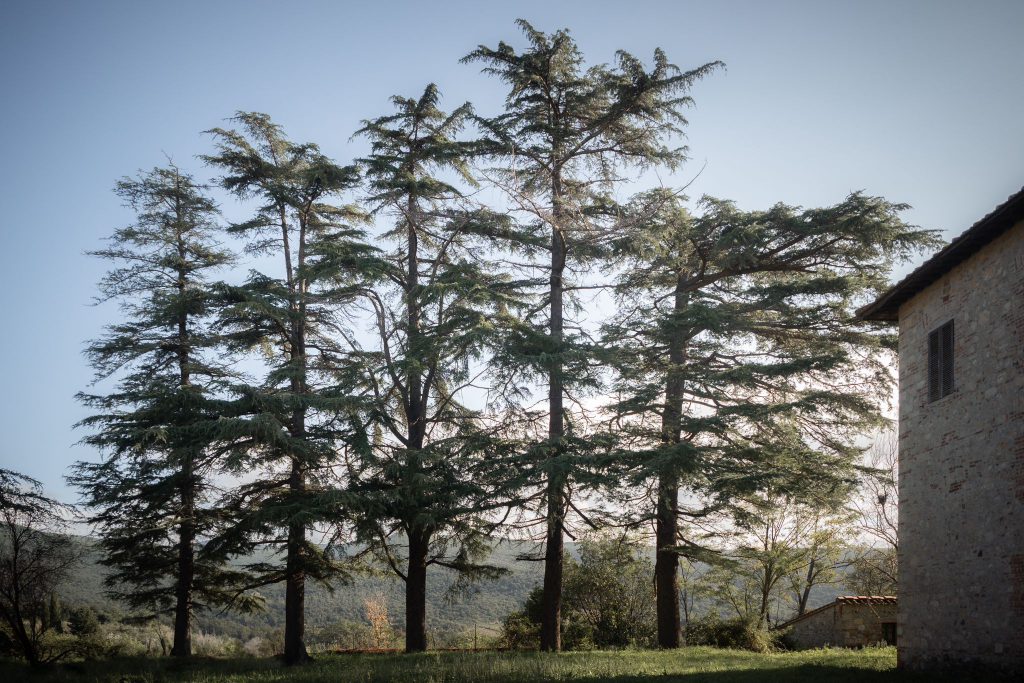
Find out more
Sustainable forest management is an approach therefore that aims to maintain and improve the health and balance of forest ecosystems, while ensuring that the social, economic and environmental needs of current and future generations are met.
This approach adheres to a few basic principles:
- Conservation of biodiversity – Protecting the variety of plant and animal species and their natural habitats in order to preserve the balance of ecosystems. With this in mind, the possibility of building “fire tracks” to prevent the spread of any fires is being mapped out.
- Responsible use of resources – Exploit forest resources, such as timber and non-timber products, in a scientifically balanced way so as not to compromise the ability of forests to regenerate and thrive.
- Involvement of local communities – Ensure that local people and communities are involved in the planning and management of forest resources, respecting their traditional rights and knowledge.
- Soil and water protection: adopt practices to preserve soil and water resource quality, preventing erosion and pollution.
- Climate change resilience – Adopt strategies that improve the ability of forests to adapt to climate change, while also contributing to the mitigation of the effects of climate change.
- Long-term planning: Develop management plans that consider the impact of forest activities over the long term, promoting a balance between economic needs and environmental conservation.
In summary, sustainable forest management seeks to strike a balance between the use of forest resources and environmental protection to ensure the health and viability of forests.
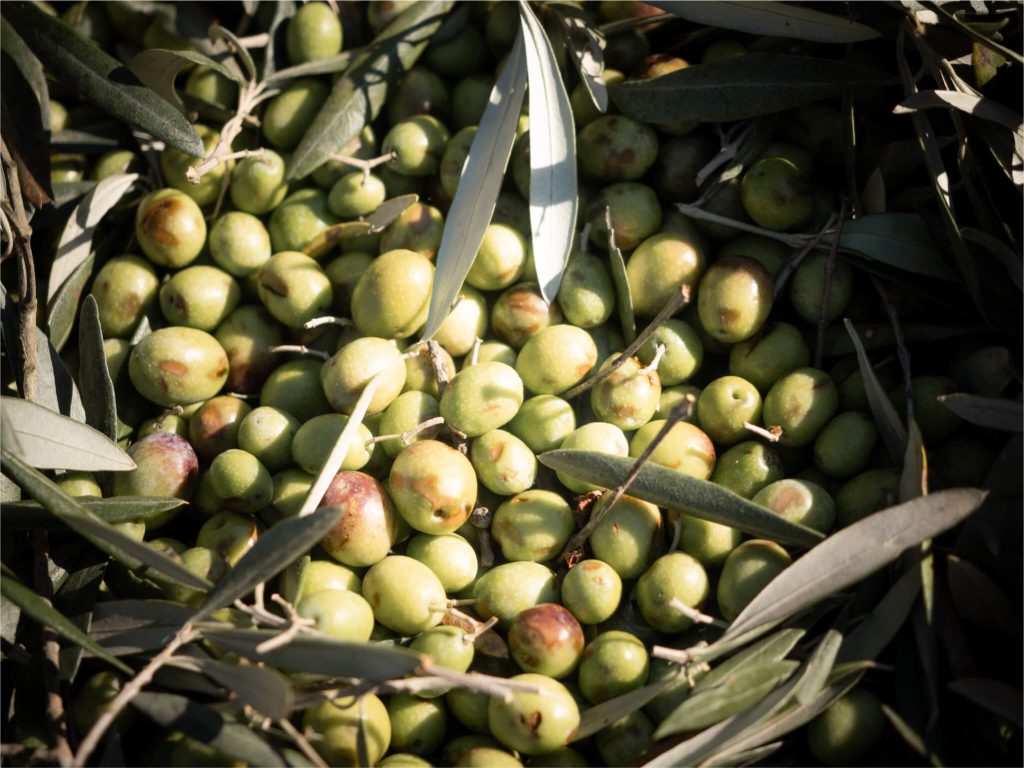
Sustainability and collaborations
Restoration of the olive groves
There are three olive groves on the estate totaling 30 hectares; all plants of the moracciolo variety, one of Tuscany’s most typical and highest quality.
The study and analysis phase identified the interventions needed to reactivate the productivity of the olive groves that had suffered from lack of maintenance in recent years.
In February-March 2024, actions to clean the land, restore and prune the trees were implemented, and already the fall harvest has been abundant and of excellent quality. Soon a brand of extra virgin olive oil Borgo di Perolla will be born.
Sustainability and collaborations
Livestock farming
Projects are also being studied for the revaluation of native cattle and pig breeds (the Maremma cow and the Cinta Senese).
Enhancing the value of these breeds – which the development of livestock farming that looked only at economic values has made rarer – is perfectly in line with the philosophy of sustainable development of the Borgo. Indeed, the preservation of native species is important for different reasons, not only ecological but also economic and cultural.
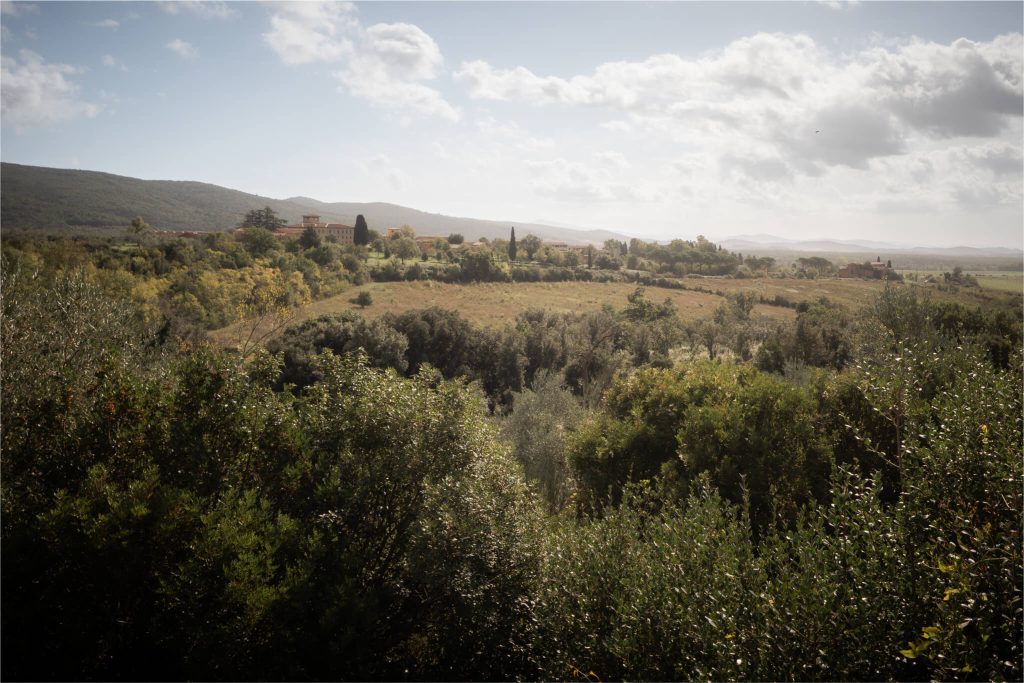
Learn more
- Biodiversity: Native breeds represent a unique genetic heritage. Their conservation helps maintain biodiversity, which is essential for ecosystem resilience and adaptability to future challenges, such as climate change and disease.
- Local adaptation: Native species are often better adapted to local environmental conditions, such as climate, soil type, and available resources. This makes them more resilient and productive in specific contexts, compared to nonlocal breeds that may not adapt as well.
- Sustainability: Livestock farming based on indigenous breeds can contribute to more sustainable agricultural practices because they tend to require fewer external inputs, such as feed and medicines, and may also be more resource-efficient.
- Cultural value and identity: Native species often have strong ties to local traditions and cultures. Their preservation helps to keep agricultural and food traditions alive, an integral part of a community’s cultural identity.
- Local economy: Supporting native breeds can have economic benefits for local communities: they can be used to produce typical, high-quality products that can be enhanced through origin marking and organic farming, thus attracting consumers interested in sustainable, local products.
- Animal health and welfare: Native breeds tend to develop greater resistance to disease than commercial breeds, reducing the need for drug treatments and improving animal welfare.
- Conservation of genetic resources: Loss of native breeds can lead to a reduction in genetic resources available for future breeding practices. Preserving these breeds provides opportunities for genetic improvements and for meeting future challenges in livestock farming.
In summary, safeguarding native species in livestock farming is not only a conservation issue, but also an opportunity to promote sustainable agricultural practices, enhance cultural heritage, and contribute to a more resilient local economy.
